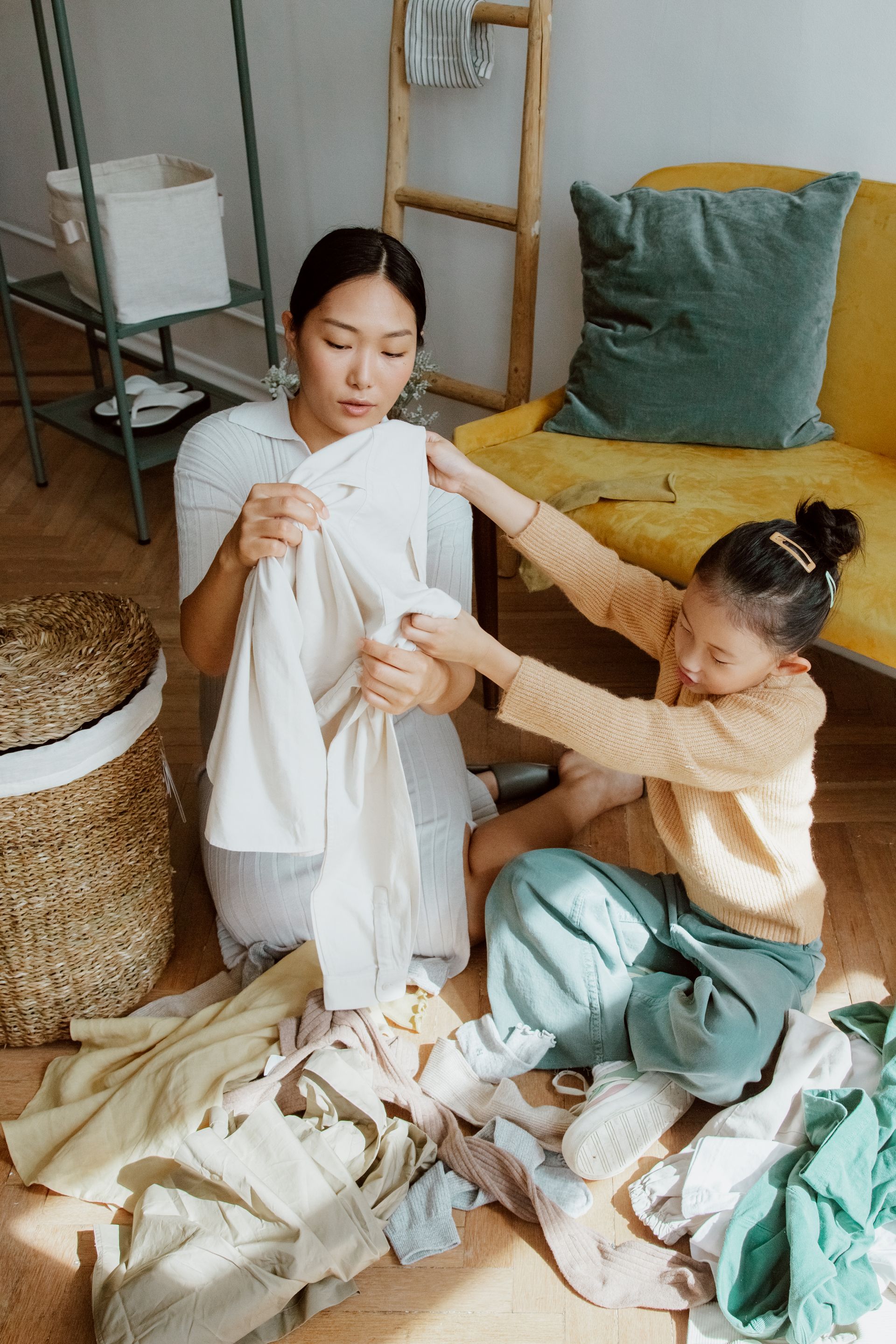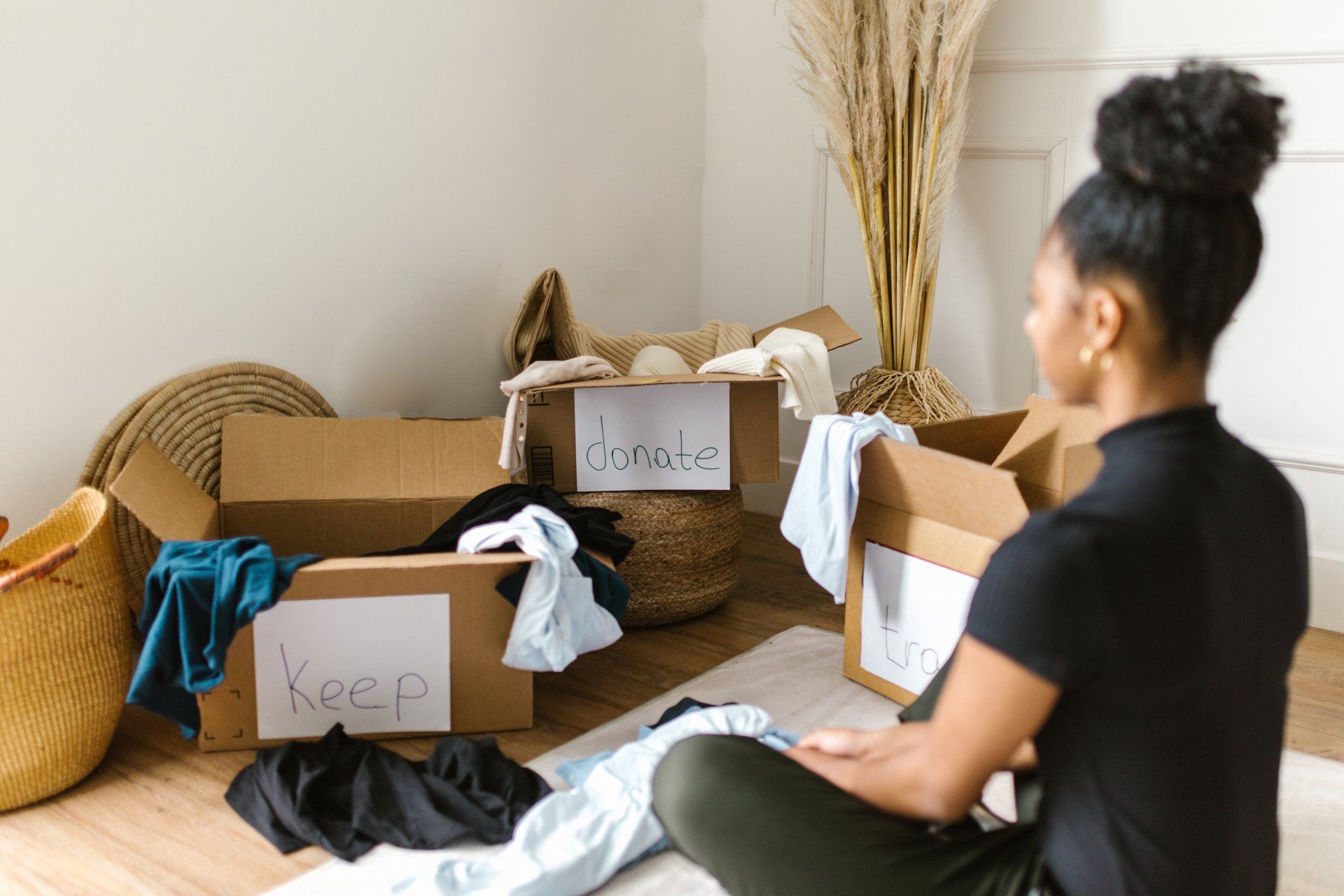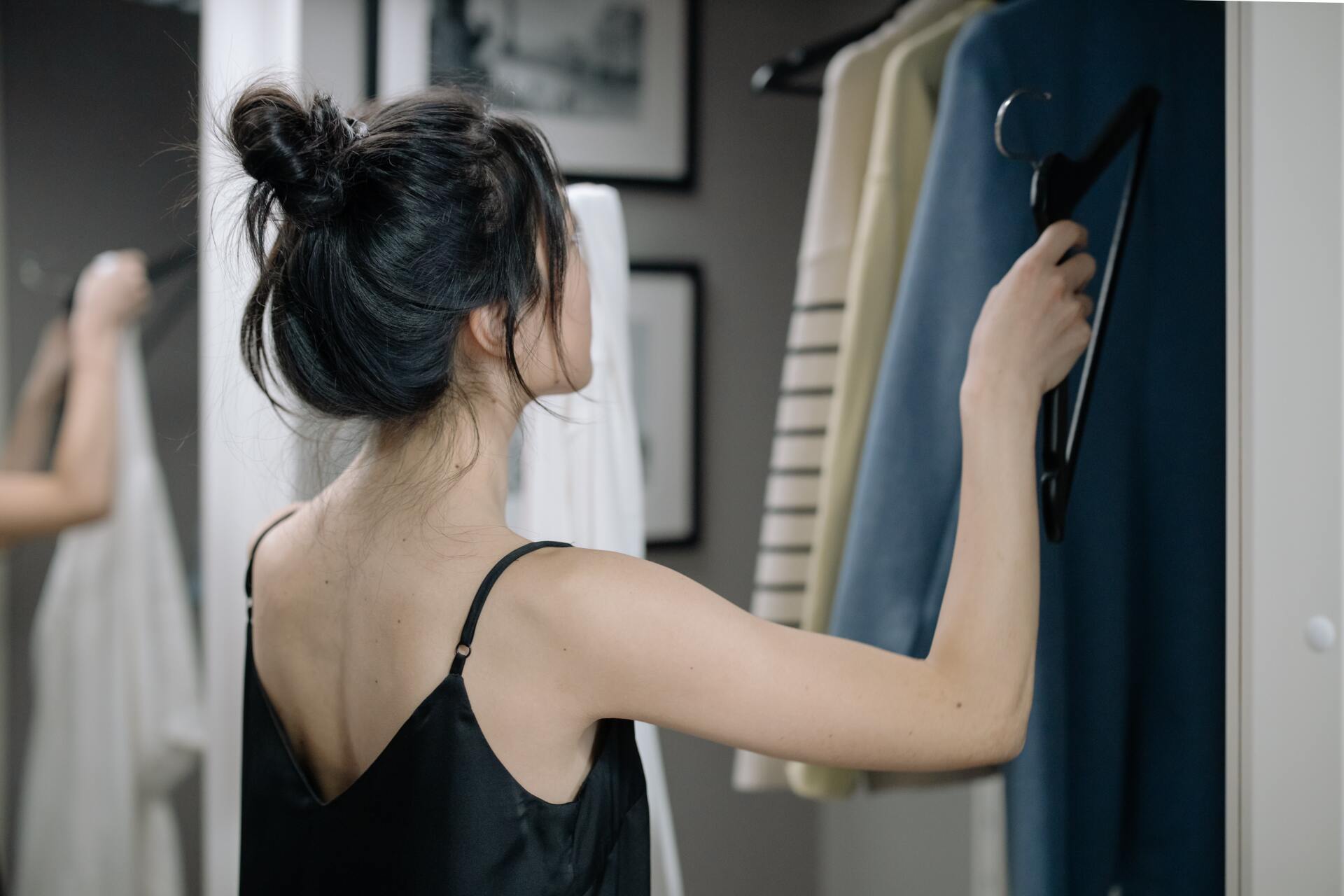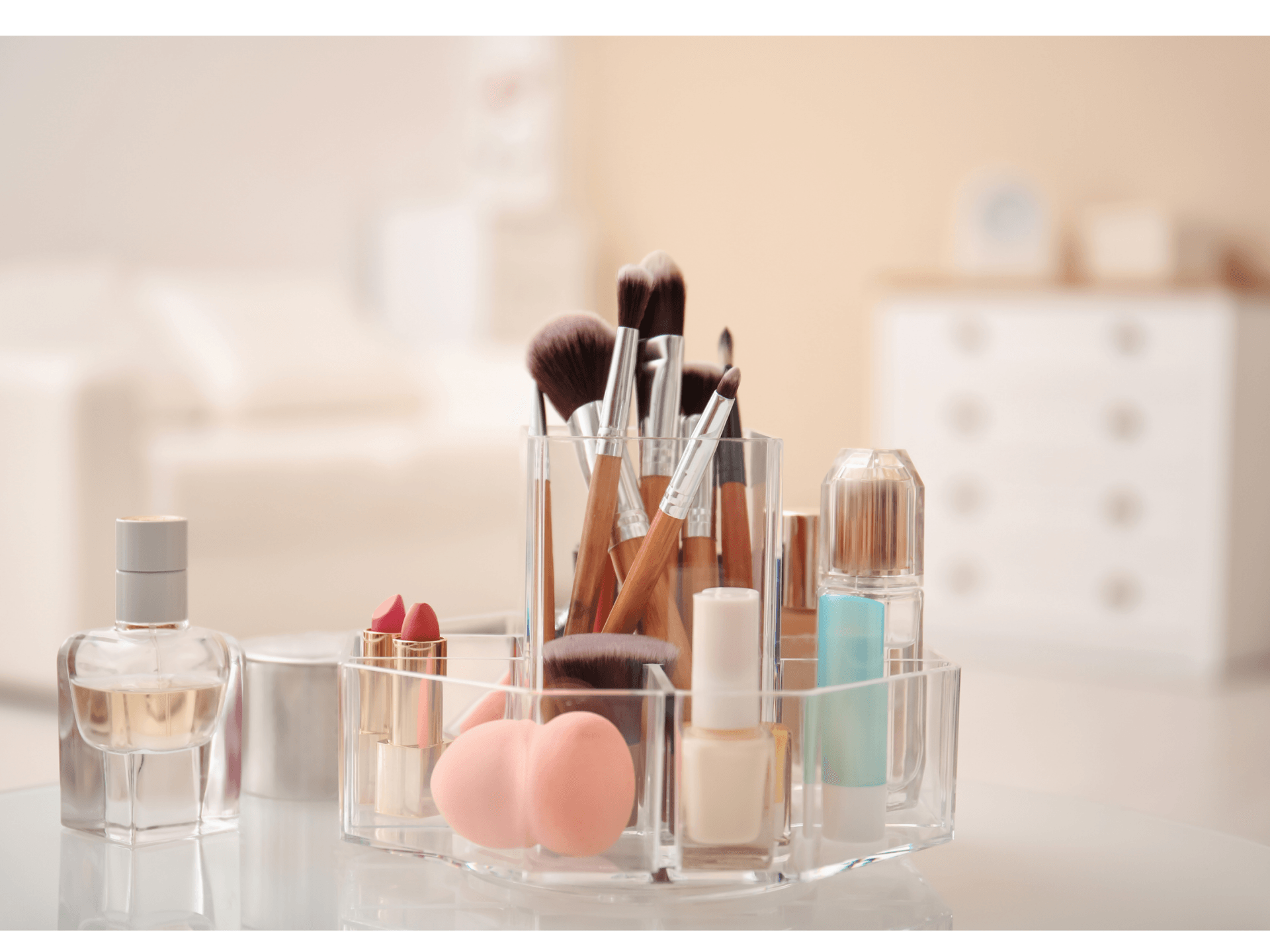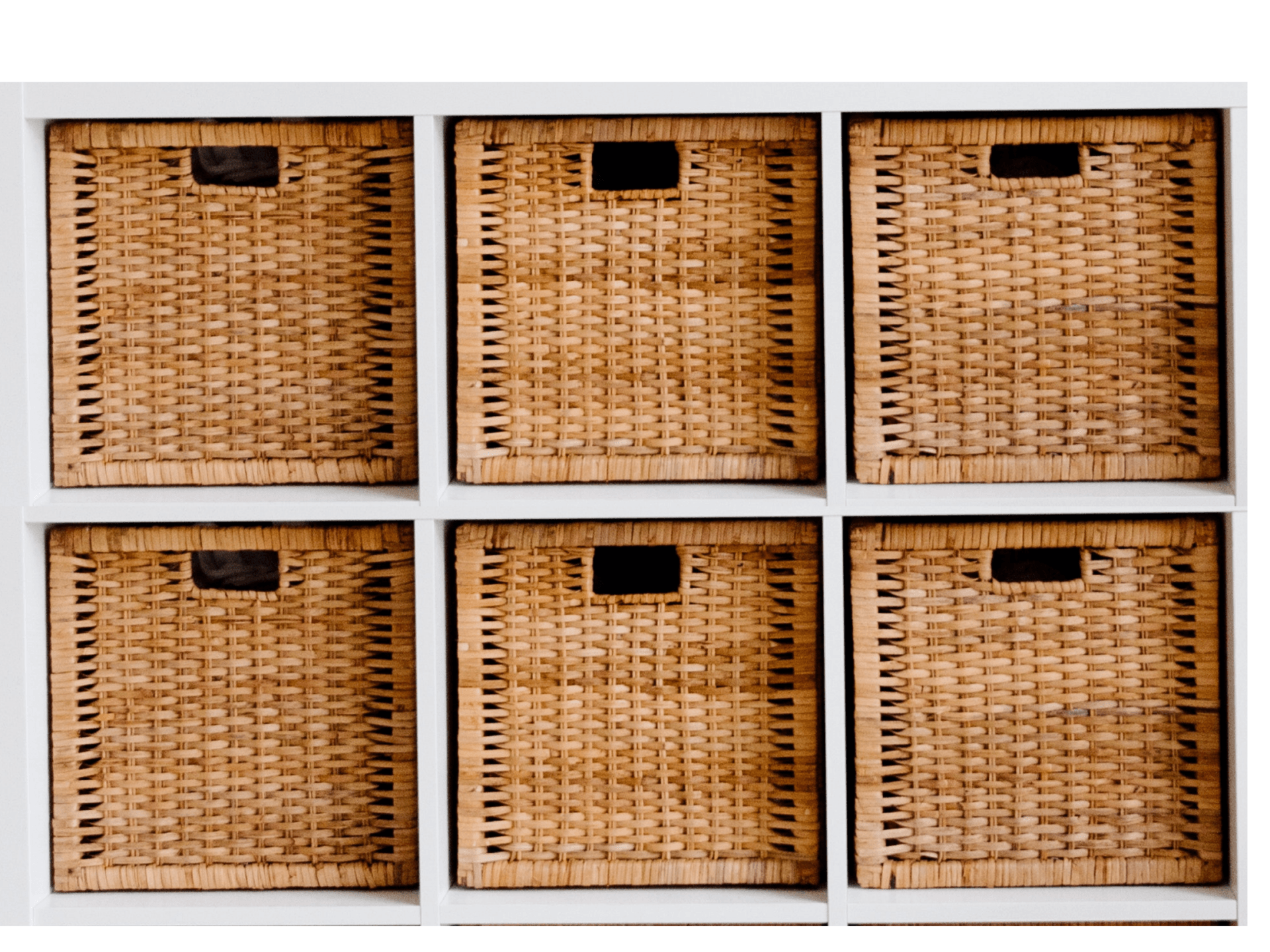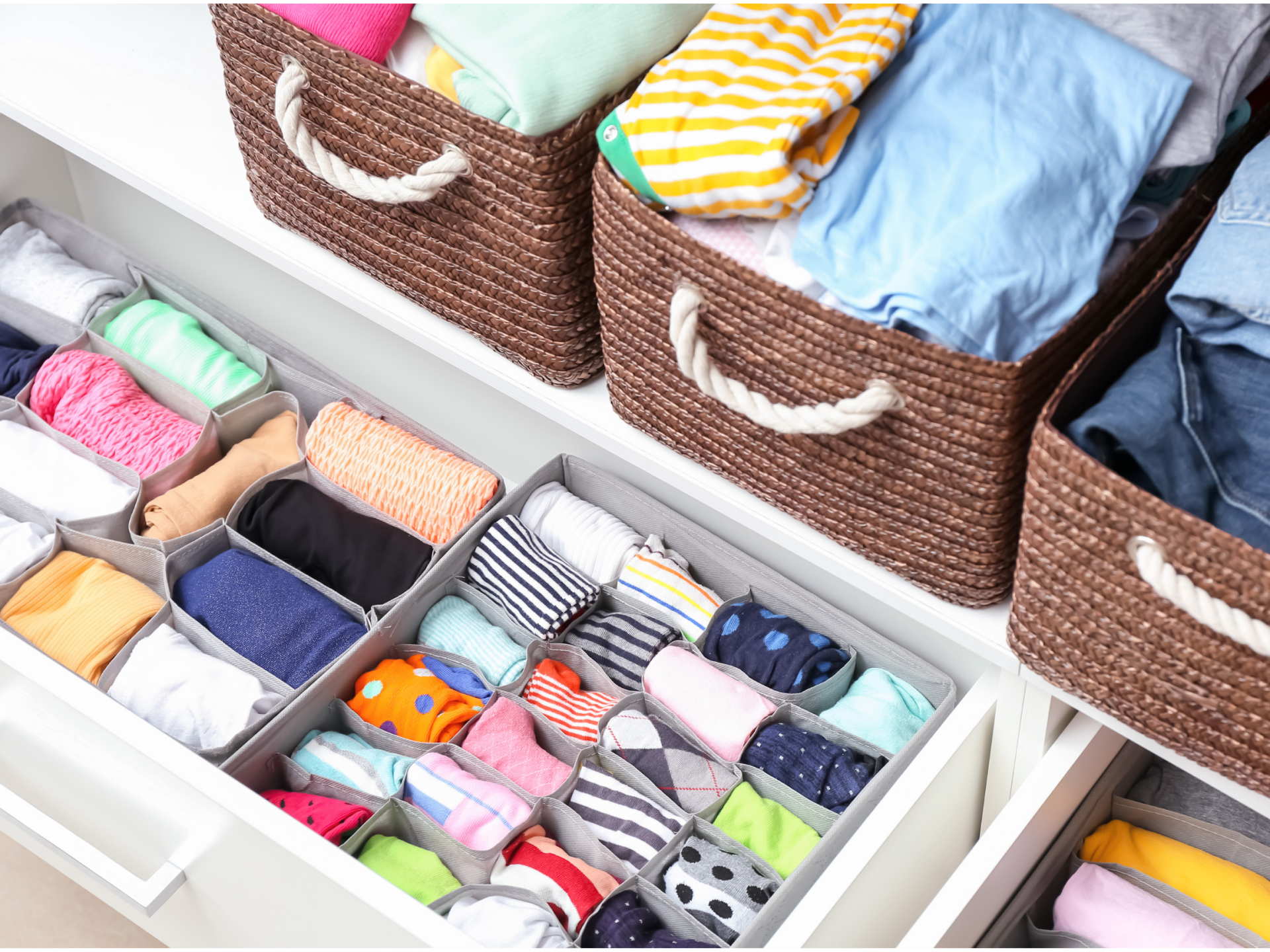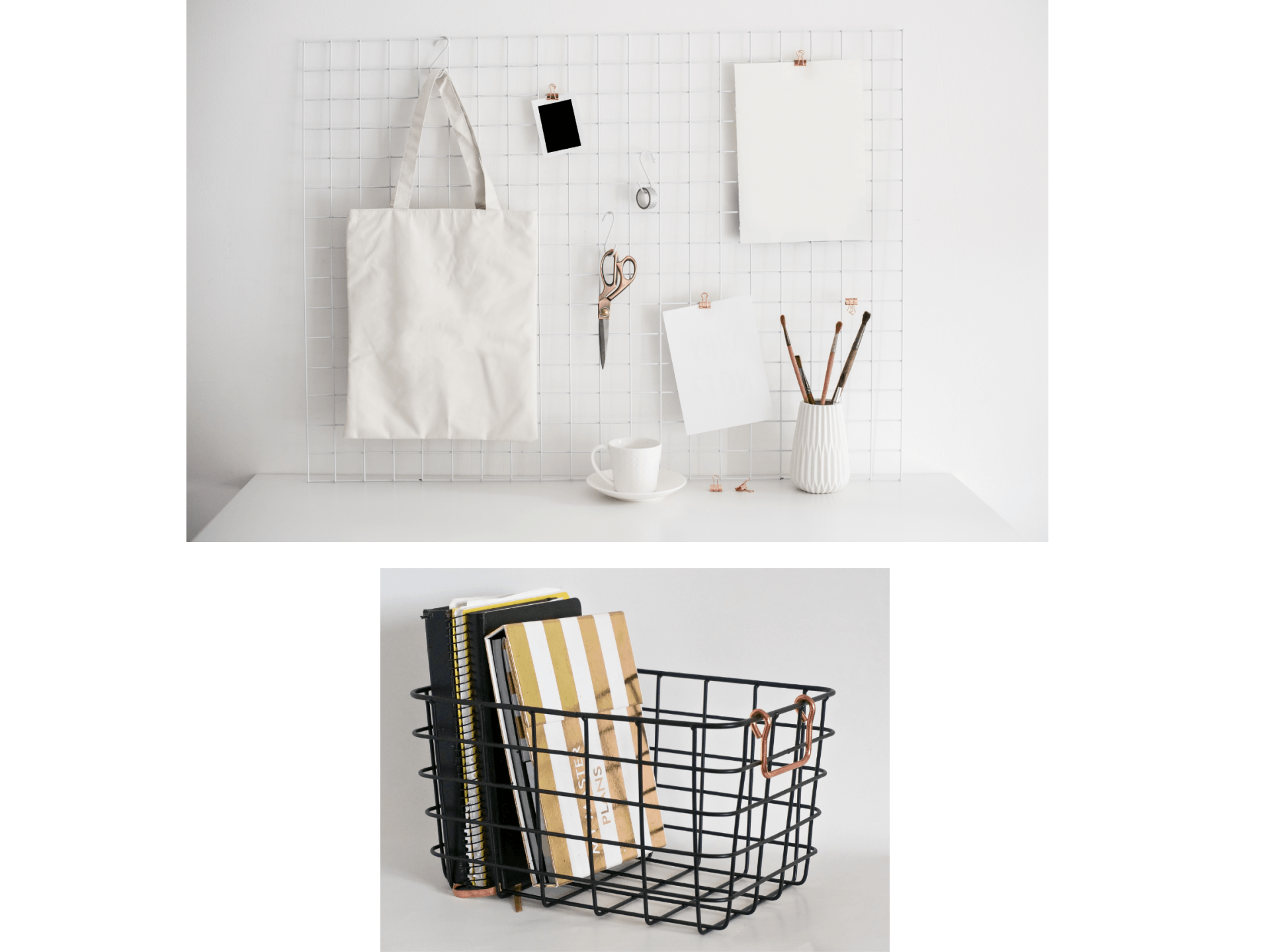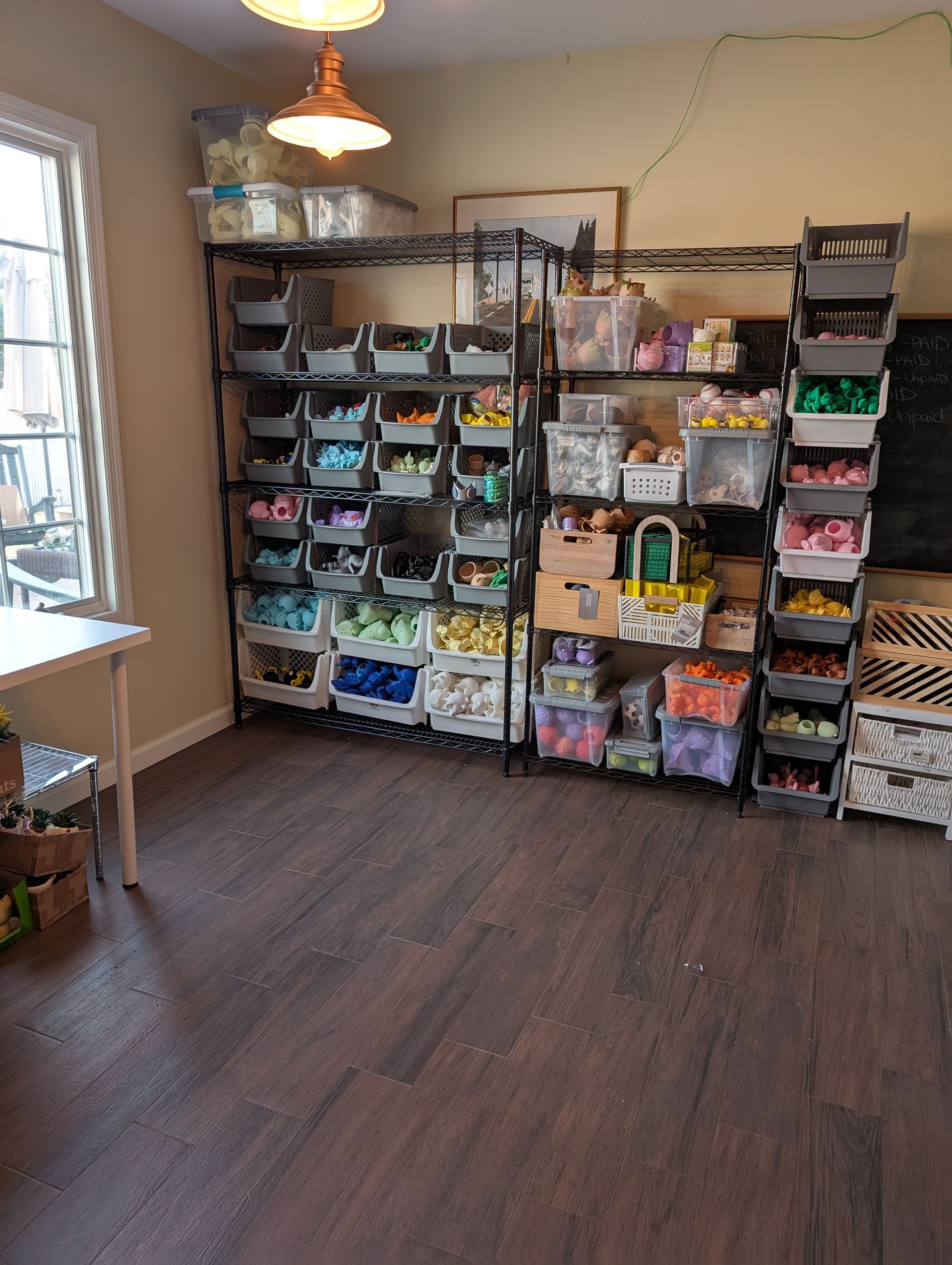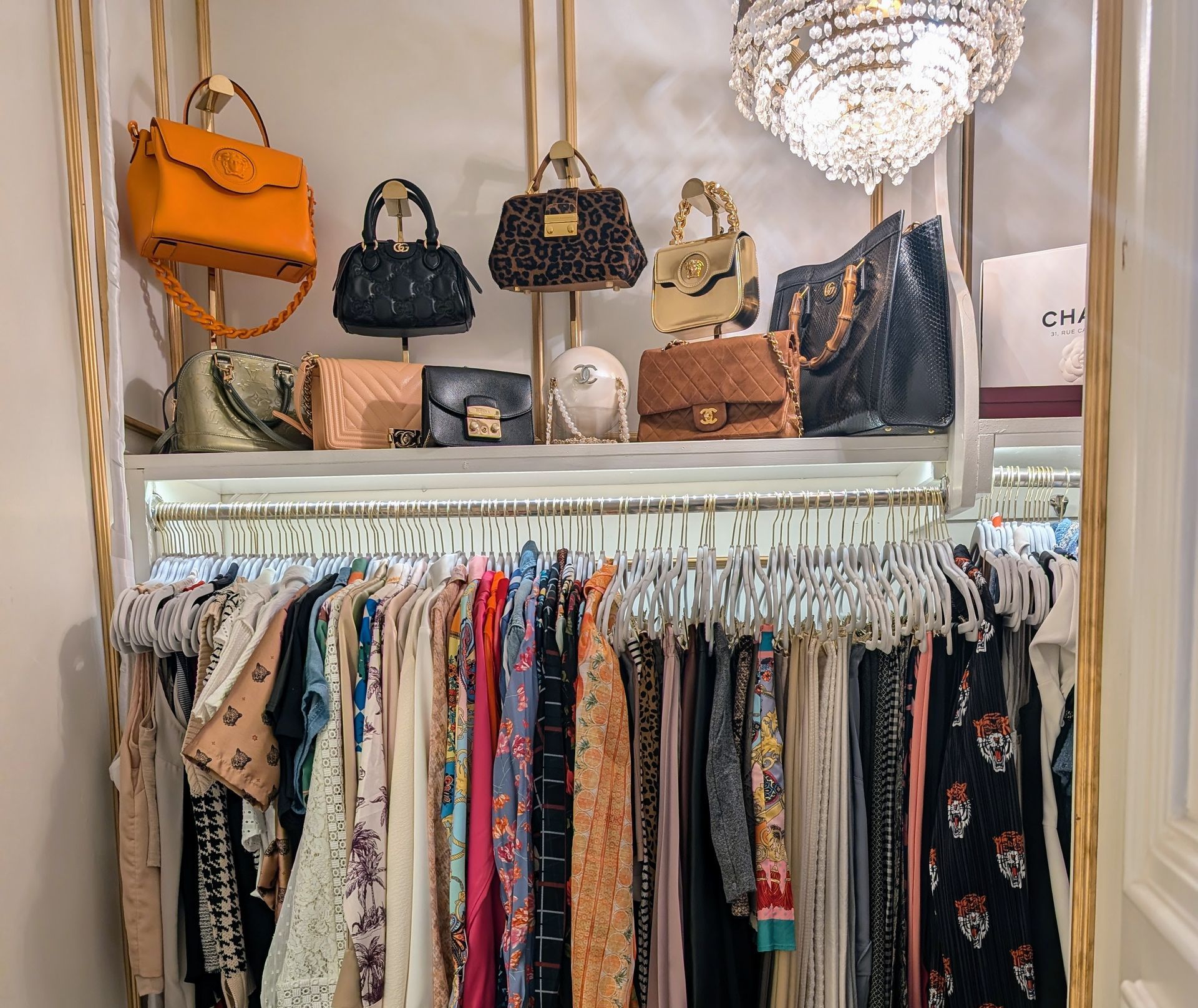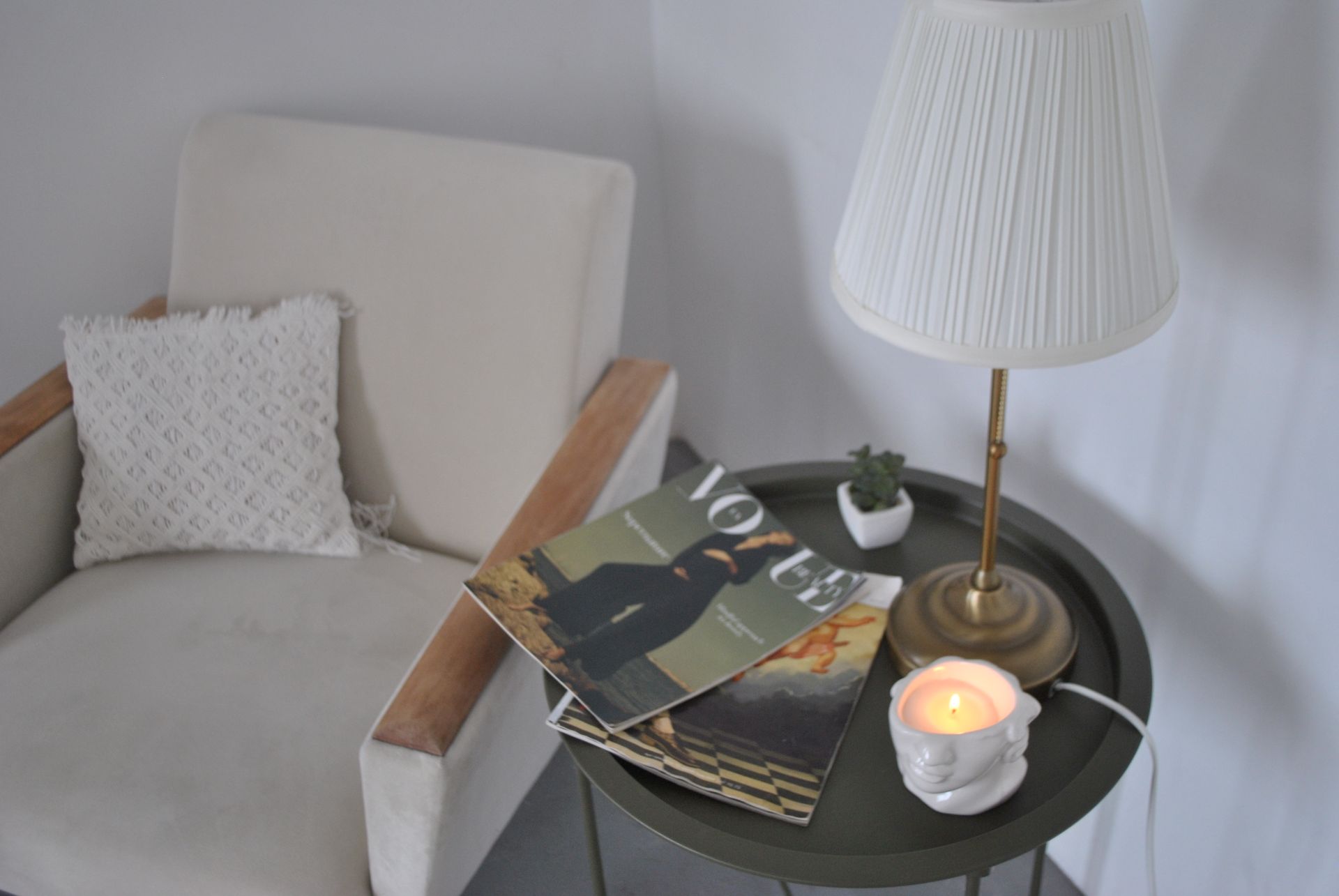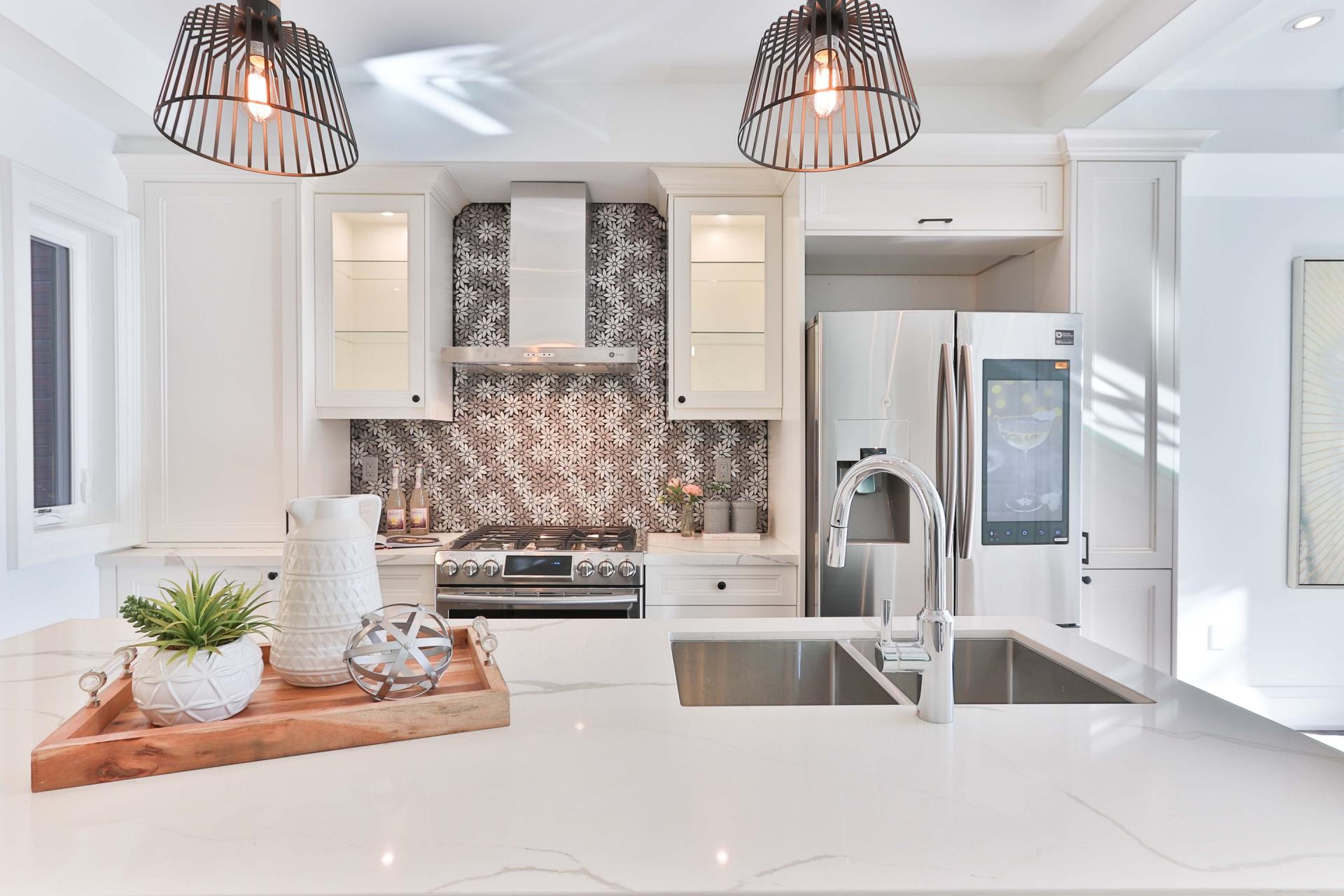How to Organize According to your Personality (Ultimate guide for Organized Homes)
How does your personality influences your organizing style?
Have you ever wondered why certain people seem to be able to get organized and maintain their spaces better than others?
Our personality, natural preferences, and habits influence how we use space, plan our lives, and process information.
In this post, we will explain the four main organizing styles that Cassandra Aarssen outlines in her book The Clutter Connection
and what are the best organizing strategies for each.
In this post we will cover:
1) The importance of considering our organizing styles
2) Micro-Visual Organizers
3) Macro-Hidden Organizers
4) Micro-Hidden Organizers
5) Macro-Visual Organizers
6) Can I have more than one organizing style?
7) What to do when people with different organizing styles have to coexist?
So, let’s dive in!
1) The importance of considering our organizing style
- How much to categorize and divide spaces
- The size, material, and color of containers we use
- The location where we place the items
Characteristics
Micro-Visual Organizers are very detail-oriented. They love to plan and research. They prefer to see everything so they can easily find what they need. Typically, they like to have everyday items out and accessible.
Challenges
They often over plan, and their tendency to aim for perfection makes their organization efforts time-consuming. As a result, they tend to procrastinate.
Strategies
Maximize vertical space with open shelving, pegboard, and hooks. Use clear containers, see-through bags, and wire baskets to quickly find what you need while having things in a designated space.
Don't allow your perfectionism to stop you from getting started. Work on stages. Begin with basic organizing systems and remind yourself that you can come back later to improve them. Consider that it is better to have things less than perfectly organized now than cluttered for months until you have time to install the perfect system.
3) Macro-Hidden Organizers
Characteristics
They hate clutter, but they like to move fast. Macro-Hidden organizers only want to see the big picture and don't have the patience to work on details.
Challenges
They tend to put things away without a storage and retrieval system because they hate to see chaos. If they are presented with too many options and categories that are not obvious, they will put things in any place and move to the next task quickly.
Strategies
Use macro-categories so you can put things away quickly without much thinking. Avoid clear containers and instead choose solid and neutral colors or materials for a calm and uniform look.
Use uniform baskets or boxes on open shelves and use drawer dividers so you can put everything away while keeping things organized.
When possible, avoid hanging too many small things on the walls. Doing so can make you feel overwhelmed. Instead, consider command hooks which can be placed inside door cabinets to keep things out of sight.
Labeling containers is a fantastic strategy for Macro-Hidden organizers so they can quickly find each item's designated space.
3) Micro-Hidden Organizers
Characteristics
Like Macro-Hidden Organizers, Macro-Visual Organizers are big picture thinkers, and they don't have the patience to put things away in a detailed manner. However, they also like to see everything they have and keep things very accessible.
Challenges
This combination of looking to have things at hand and not having the patience to organize in detail facilitates a tendency to generate clutter very often.
Strategies
Using large clear containers without lids in open shelves is a very effective system to help Macro-visual organizers maintain order.
Trays and wire baskets are fantastic to keep items contained on top of counters. Use walls and hooks to hang things, so they are away from the floor and counter but still easy to find and grab.
Avoid macro-categorizing and use large labels (even in clear containers) so you can see quickly where things should go.
Make a daily effort to survey your spaces. Take a few minutes per day to put things away and create small weekly decluttering sessions. Work one drawer or shelf at a time. Small but frequent sessions will allow you to keep things under control.
5) Can I have more than one organizational style?
Absolutely. Typically one of these styles is more predominant than others but most of us have a blend of styles. Some people might tend to organize things in one way at work and differently at home. Or we might feel inclined to use some systems for everything related to paper and a different approach with kitchen items.
Our styles also might change with time. Changes in our life cycle or lifestyle, new responsibilities, or dynamics at home or work might change our priorities or how we perceive and interact with our belongings. We might have been a type of organizer when we were young students and a different one now that we have kids, to name an example.
For this reason, when you feel overwhelmed, frustrated, or unproductive, take the time to analyze if the systems you are using are well aligned with your current organizing style. Try different strategies and see what works best for you.
6) What to do when people with different organizing styles have to coexist?
We can often find a common problem when someone you share the space with has different organizing styles than you. What do you do then? Well, In this case, you will most likely have to compromise.
Think about who really uses the space more often and put in place systems according to this person's natural needs as much as possible. For instance, your closet might need to be organized entirely differently than your husband's.
If different personalities share the space, it is recommended to choose visual macro strategies. Macro organizers will find it very challenging to maintain a microsystem. They will most likely put things in any space or leave them on top of a counter. Similarly, a visual organizer will struggle to put away items if they are not visible enough. Piles of things will start to emerge everywhere.
Final Thoughts
Take the time to analyze your style and current systems. Don't feel guilty or discouraged if things are not working great. Allow yourself to try new things until you find your balance.
Knowing and keeping your family members' dominant organizing style in mind will help you create better systems to keep a tidy and functional home.
Now I want to hear from you:
Which is your dominant organizing style? Do you have a combination of them?
Let me know by leaving a comment below.

